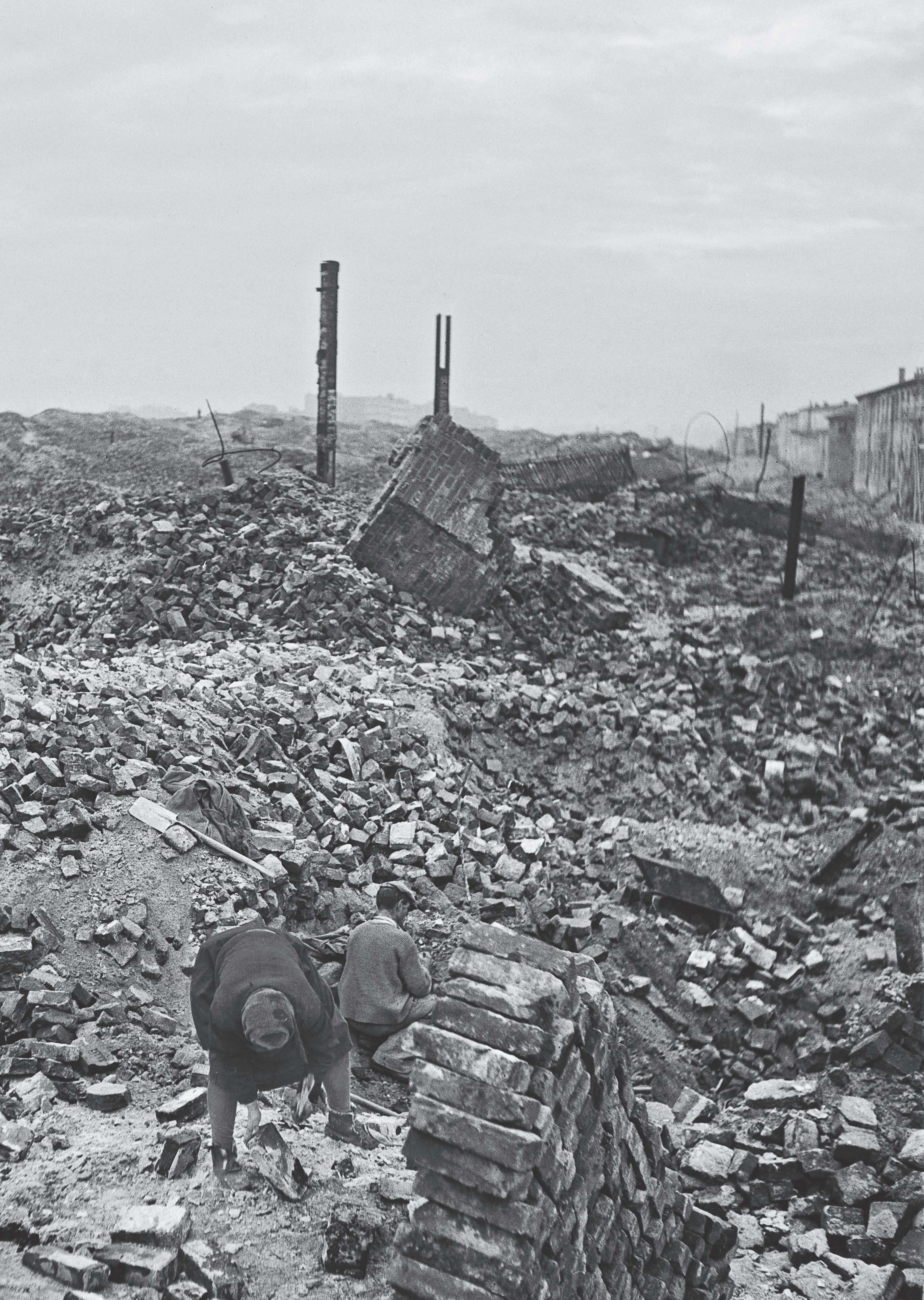Objects of Memory
topography of the time. What I find fascinating are the insights given into people’s subjective frames of mind: the way they perceive the world around them through letters to others at the time, through their own diary en tries, and then later through their memoirs, in which they try to re-conceive and represent what can be con strued very differently from the documents of the time.
A discussion with Natalia Aleksiun, Mary Fulbrook, and Philippe Sands
I also spend a lot of my time going to the actual places to understand. I crossed the Dolomites with my daughter in the footsteps of Otto Wächter, whom I wrote about in my book The Ratline, because I wanted to obtain a sense of what he had experienced. And of course, on those journeys, you come across ob jects. On that walk that we took in June 2019, we came across a stone with a little heart that had initials and the year “1949” carved into it. It was not Wächter, of course, but someone had walked past that spot at the same point. That opens things up. Letters, diaries, and note books of reminiscences are of course objects. You can go onto the website of the United States Holocaust Me morial Museum (USHMM) and find all of the letters from the Wächter Archive. But having held them in my own hands opens the imagination in a way that other things – copies, transcripts – just don’t. You are taken to a different place. I just got back a French spade that I lent to a museum, made by the Bleckmann steel mill in Mürzzuschlag in 1915. I found it on eBay for 20 euros. My wife gets very irritated with all these things coming through the post that I’ve bought, but you hold some thing that actually went through the factory of Char lotte Wächter’s family. It’s completely fascinating.
The historian Natalia Aleksiun led the discussion digitally from Warsaw. She was joined by the legal scholar Philippe Sands and the historian Mary Fulbrook in London. Sands most recently published the international bestseller The Ratline, in which he reconstructs the escape of Nazi war criminal Otto Wächter after Germany’s surrender. In her award-winning book A Small Town near Auschwitz, Ful brook traces the lives of her godmother and her godmother’s husband, who lived and worked not far from the Auschwitz concentration and death camp during the war.
You stressed getting an almost sensual sensation by touching, feeling, and seeing the historical objects that have lived through the events. I read Clara Kramer’s Polish diary in the form of fantastic scans. On her mother’s initiative, she kept it while living in hiding for over a year and a half in her hometown of Żółkiew, now Zhovkva. Then I actually saw the object at the USHMM. Yes, it’s about experiencing a different relationship with the object, the story, and the person behind it, but it’s also a cognitive process because the archive contains her Sztambuch, which starts before the war and contin ues under the Soviet occupation in 1939 and 1940, when her classmates and teachers wrote in it. It’s dec orated with drawings of Snow White, and seeing a young Jewish girl obsessing about the latest Disney film in this way puts a completely different spin on Żółkiew, a shtetl in East Central Europe. For me, Clara’s diary has to be seen together with these inscriptions and drawings, with the materiality of that Sztambuch, which you don’t come across unless you search for these additional documents. NA
Natalia Aleksiun All three of us have encounters with ob jects in our research. How do you see the role they can play in uncovering and telling the story of violent con flict?
For me, it’s not objects on a small scale that would fit into a museum. I try to reconstruct stor-ies by imagining the places, the distances between them, and what you can see from one place to another. When I was working on my book A Small Town near Auschwitz, it took me a long time to figure out where the Landrat, the chief executive of the county, and his wife, my god mother, actually lived, and a long time to work out where the sports field was where the 15,000 Jews were col lected that August day in 1942 for the selections for Auschwitz or forced labour camps. I couldn’t make sense of what was happening without being able to imagine the places in which it happened. They must have been so close. This was absolutely crucial to disentangle the post-war self-presentation as innocent, and the actual Mary Fulbrook
33
Objects of Memory
Philippe Sands


